On 1.14 of last September 27, NASA’s Interplanetary Defense Probe collided with a pair of system asteroids Didymus, changing its course. The task of capturing the moment was entrusted to the only European nano-satellite launched with the probe, LICIACube (Italian light cubes to photograph asteroids), developed and built by Argotec, an Italian private airline based in Turin, in collaboration with the Italian Space Agency (ASI), the National Institute of Astrophysics, Milan Polytechnic and the University of Bologna.
Among the developers of the small space “Reporter” There is an engineer from Ruvo Biagio Cotugno Who we talked with about the project on the occasion of the launch of DARTOn November 24 of last year. Cotugno is the head of the flight operations unit, that is, he is responsible for the operations of the Argotec satellite and for 16 months – the duration of the LICIACube mission – is involved in the exchange of information to and from the satellite. We called the young engineer – he’s 30 years old – to talk about the moment DART “hit targets” and LICIACube immortalizes “mission accomplished”
I rejoiced in Turin, where I was in contact with NASA. But how did you live the previous moments “with your heart”?
“Surely the most memorable and exciting moment was the one that occurred on the morning of September 12, 2022 (beginning at 01:14 local time), when everyone eagerly waited for the first signal, or rather the first telemetry, after the release of the LICIACube from DART. Seconds, minutes and hours have been very demanding from an emotional point of view, not only for me as COO, but also for all colleagues present, as they represent the true beginning of our mission and our realization is ready to be ready to face the effects of a 10-month interplanetary journey. (Remember, the satellite had flown aboard DART, parked since November 24, 2021, when it launched aboard the Falcon X from the Vandenberg launch base.) The entire team was present and gathered inside the Argotec Control Center where everyone had a specific and important role. The first from the satellite was liberating and a joy for everyone, because it confirmed that the satellite was good and fit and that it had already carried out all the expected spontaneous and independent activities.The second really exciting and exciting moment was the reception of the first picture, which was taken The binary system of asteroids just impacted by DART, is in the process of approaching the target. As you have seen, for all of us in Argotec and beyond (there was the head of the Italian Space Agency, Giorgio Sacuccia, inside the control center) we got the right reward for the intense and difficult work of the past years.”
How did LICIACube take pictures?
“LICIACube is equipped with an advanced object/target recognition system, based on the use of artificial intelligence, fully developed and tested in Argotec laboratories. For 12 hours before impact, the satellite successfully and autonomously navigated toward the target, without any ground control. In the last communication window with the satellite, the control team (or Argotec Flight Control Team) on board, through the use of remote controls, loaded the navigation parameters, which allowed the satellite to acquire and follow its target (the pair of asteroids from the Didymos binary system) . More precisely, the LICIACube microsatellite was able to start its science phase at 23:13:13 UTC (or 01:13:13 Italian time), 240 seconds before the close approach (that is, the point of maximum proximity to the asteroid Demorphos, 55 km ) and about 1 minute before the effect of DART.
The most critical phase of the mission was the one at which LICIACube reached the minimum distance allowed by the target (55 km), defined as the closest distance to avoid being overwhelmed by the debris storm, while allowing the impact to be documented with high accuracy. At this point, the LICIACube algorithm is actively and independently instructed to rotate around the target and continuously capture images to view the collision from different angles and perspectives.”
How many photos did Licia take?
“The recognition system was able to instantly identify the two targets in the image, and the target was kept within the cameras’ field of view for the entire duration of the science phase, allowing 627 images to be taken using the two different chambers installed on board (LEIA and LUKE) and is a valuable material for the scientific community for defense purposes. Planets. After this amazing result, LICIACube continues to orbit its path in deep space, providing more information about unexplored regions.”
Specifically, what did he “picture”?
“The mission’s science objective was to get LICIACube to take high-resolution images of the DART impact zone and the resulting crater after the crash of the American probe on the asteroid Demorphos. Specifically, the acquisitions were aimed at capturing the effect of DART on the surface of Dimorphos, capturing the debris cloud (or plume) generated after the collapse, and capturing the unlit (and unaffected) region of Dimorphos. Scene at very high speed.
The surprising result is certainly capturing the explosion of debris from the impact, which immediately allowed us to characterize the physicochemical properties of the asteroid, and confirm the success of the DART mission.”
How long will the image analysis stage take?
“Image analysis started just seconds after I shared the amazing results provided by LICIACube. The entire International Scientific Panorama got into action immediately, using both our small satellite images and those captured by DART (up to a few seconds before the impact) and by radio telescopes on the ground (eg, ATLAS) and in orbit. (James Webb and Hubble). The first results were shared on October 11, 2022 by NASA, at a joint conference with the APL team (Johns Hopkins Applied PhysicsLaboratories, DART satellite supplier), and ASI (represented by President Giorgio Sacuccia), when the full success and complete success of the DART mission was announced. For the “Interplanetary Defense Kinetic Effect” technique, after the trajectory of the asteroid Demorphos was deflected by 32 minutes (Source: https://www.nasa.gov/press-release/nasa-confirms-dart-mission-impact-changed-asteroid-s-motion-in-space). A result that exceeded all expectations, as the minimum goal of this mission was to “slow down” its orbit by only 73 seconds.
“A small company like Argotec – Cotugno concludes – which currently has less than 80 employees, has also managed, with the support of the Italian Space Agency and Italian scientific partners, to create a platform (very small, 30 x 20 x 10 cm) capable of travel and survival In deep space, exposure to radiation and doing scientific work of this magnitude.Thanks to this achievement, Argotec has revolutionized space technology with its proven and reliable software.The company has thus pushed state-of-the-art in key technological areas such as AI-guided autonomous navigation and target recognition in Miniature satellites in difficult conditions like deep space.” These are words that reveal the pride of being part of the “Interplanetary” mission, important because it tests the ability to defend the planet from Earth from potentially dangerous impacts. But they are also words that testify to the excellence of the Italian companies operating in the high technology sector.

“Internet trailblazer. Travelaholic. Passionate social media evangelist. Tv advocate.”


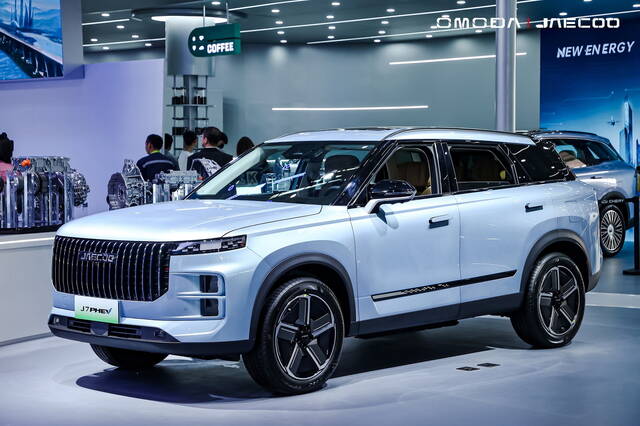

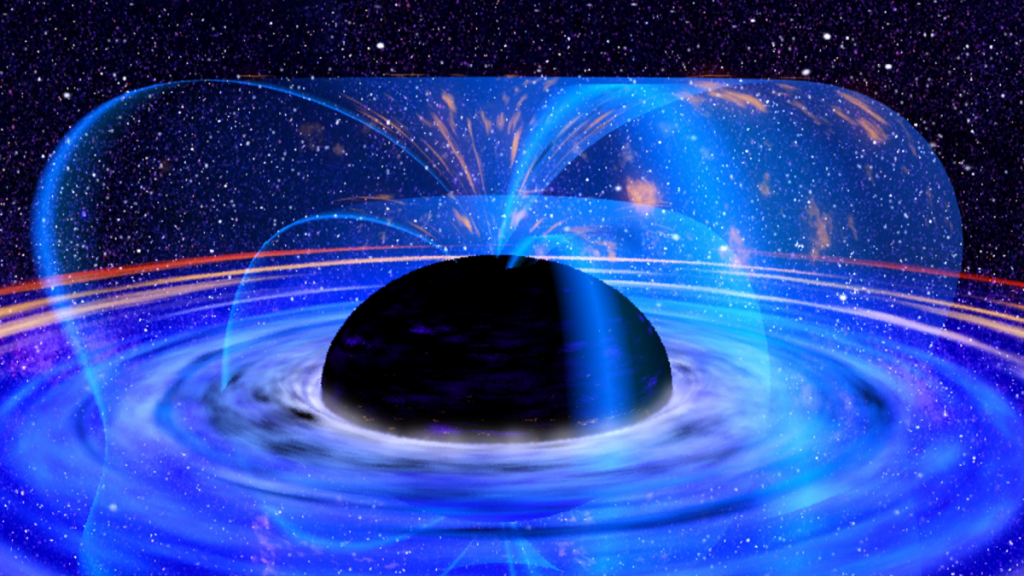
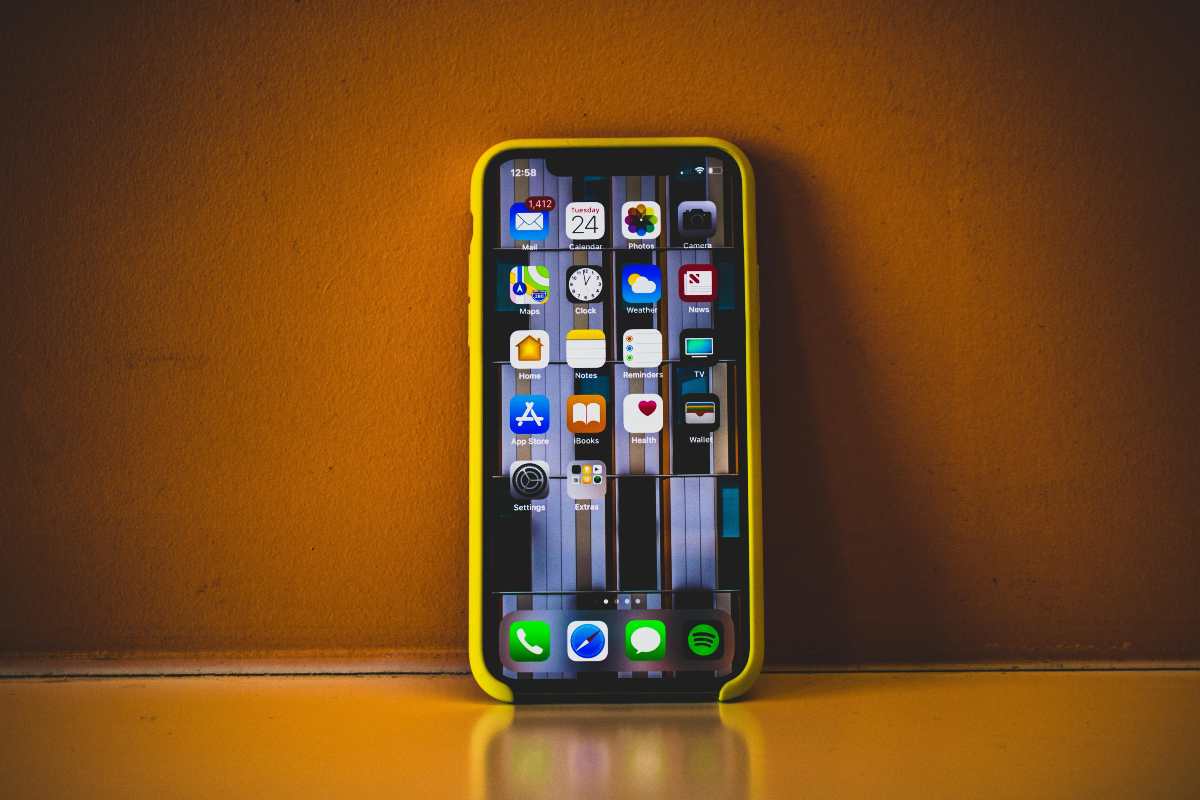
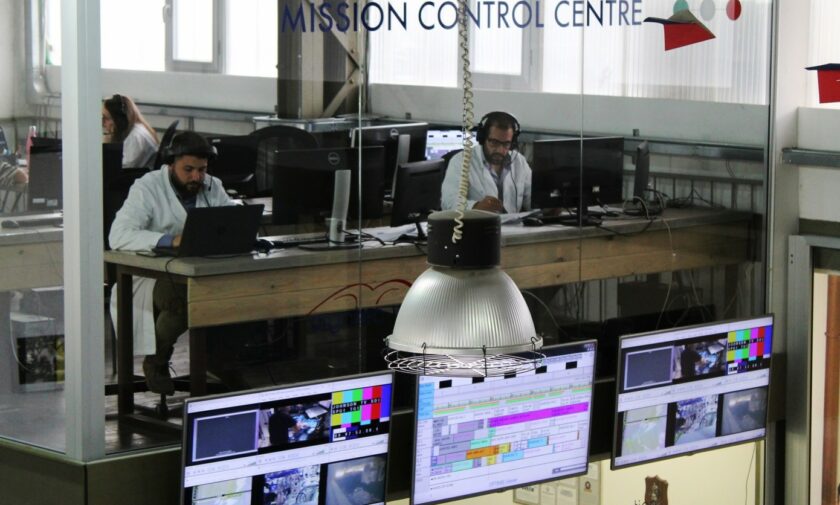
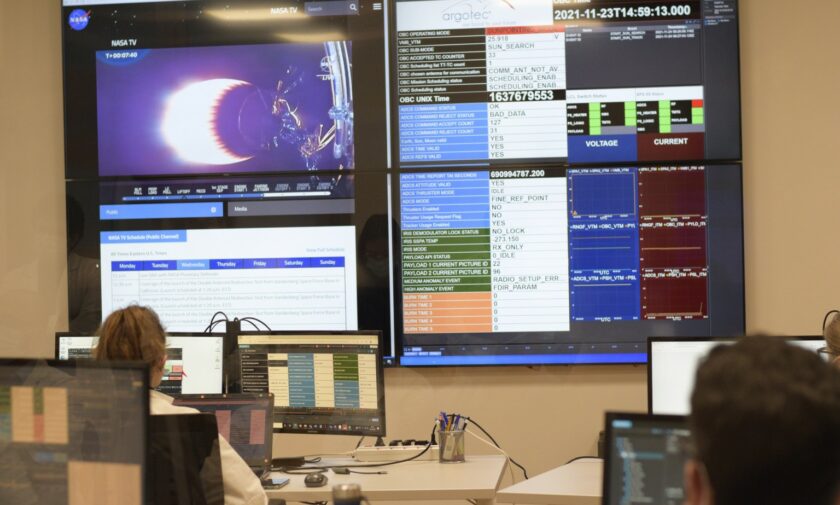
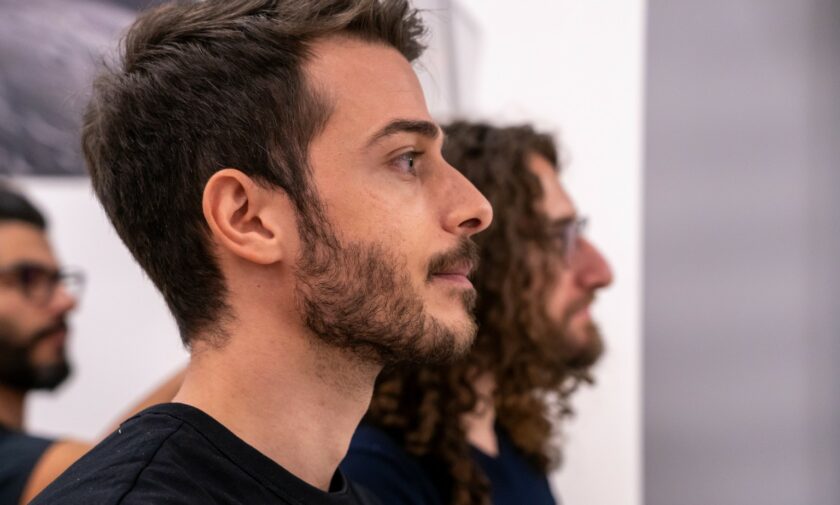
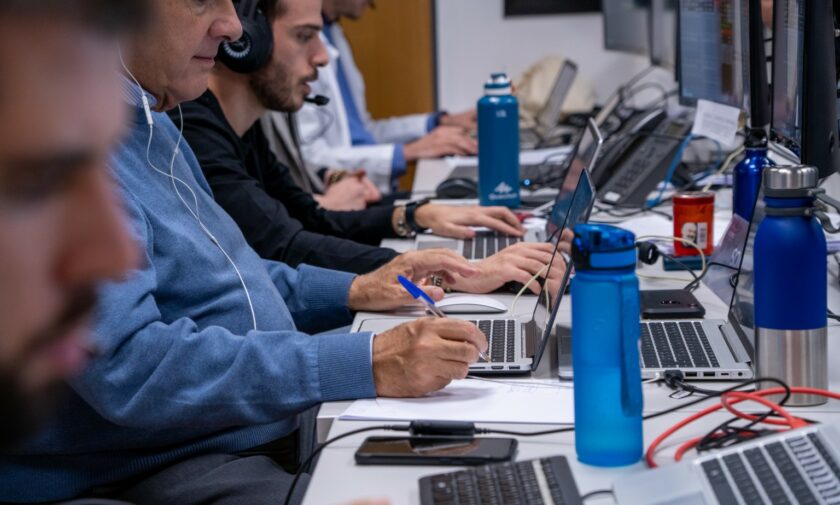
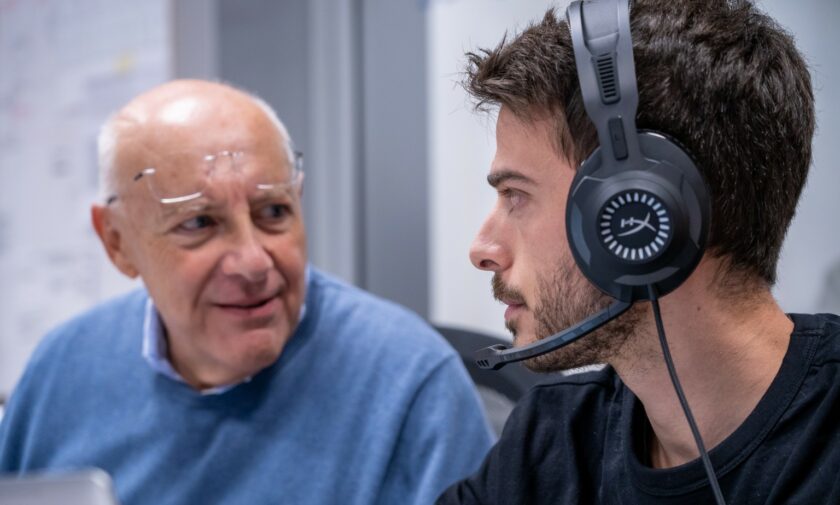
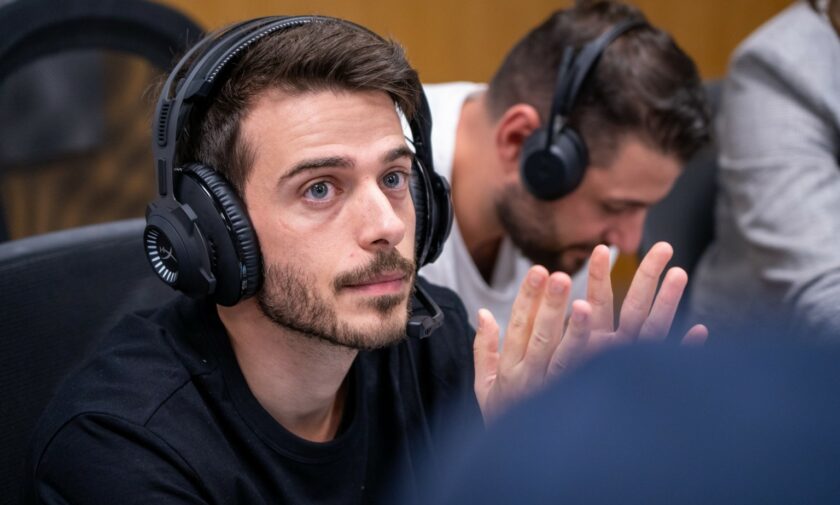
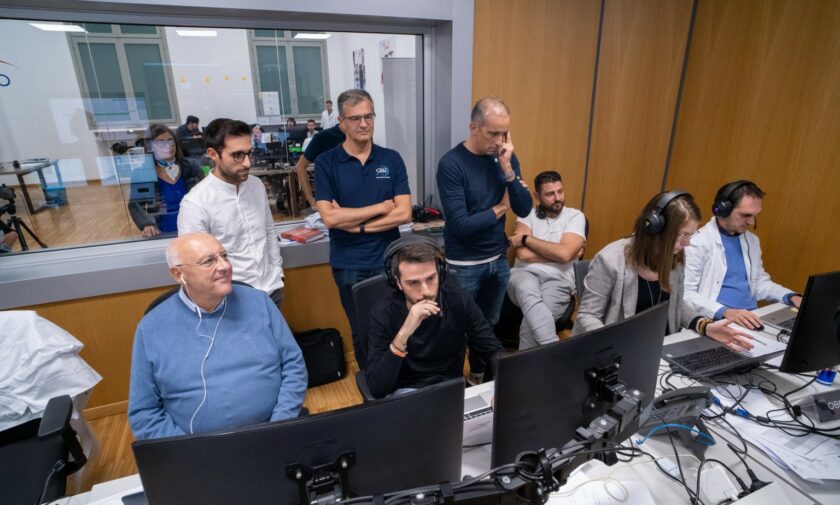
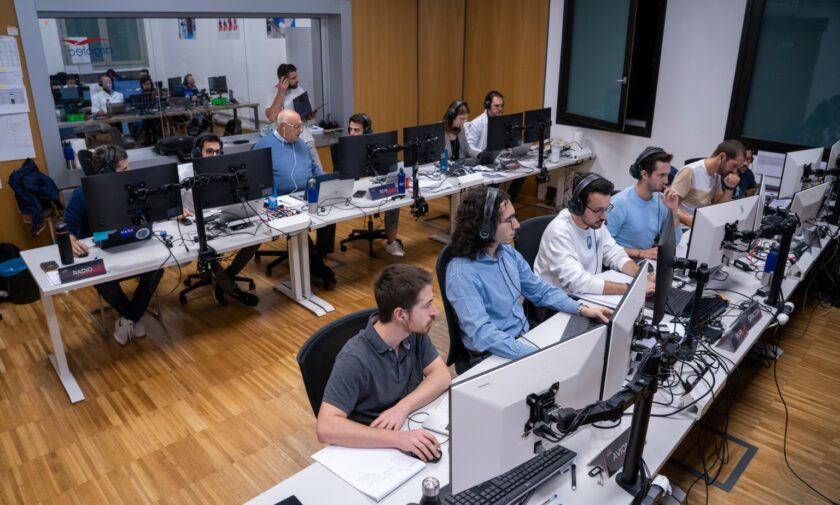
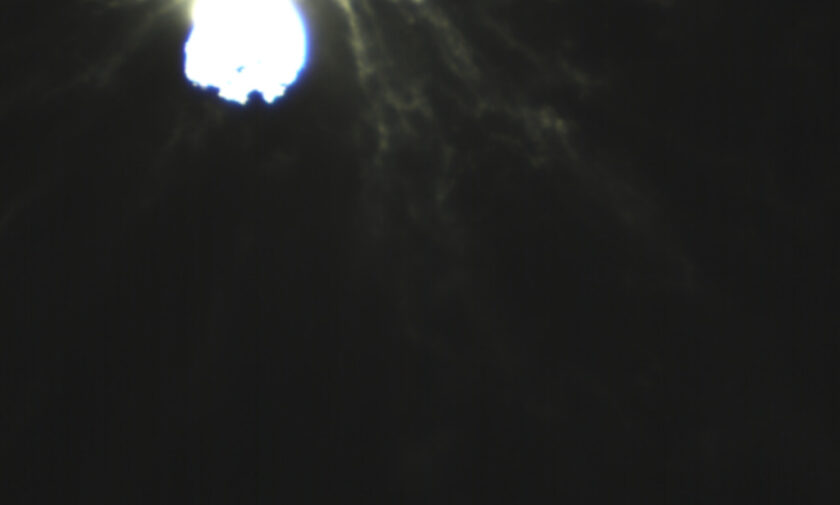
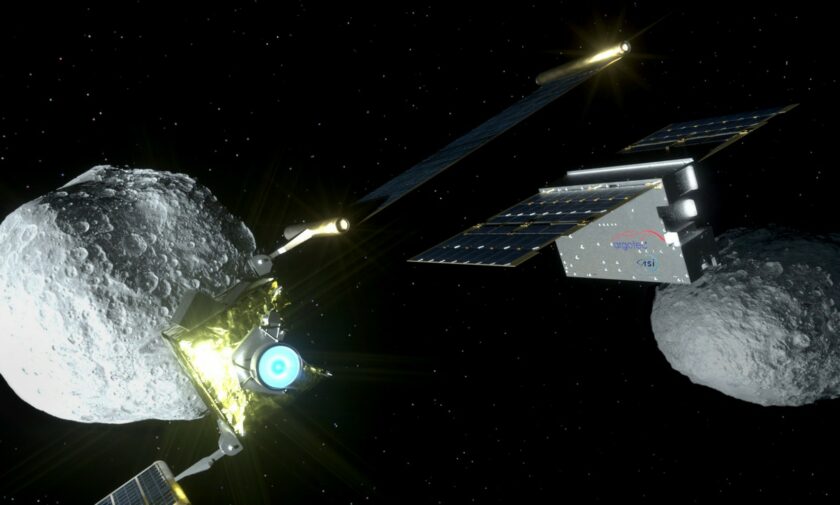
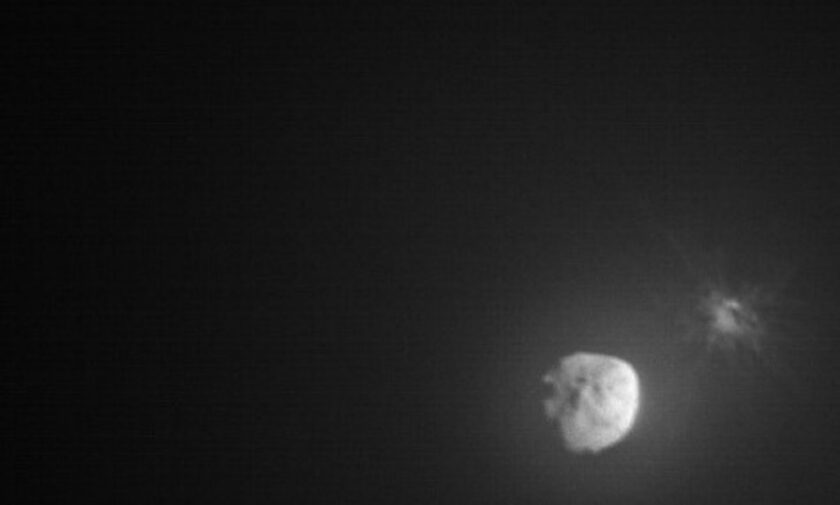
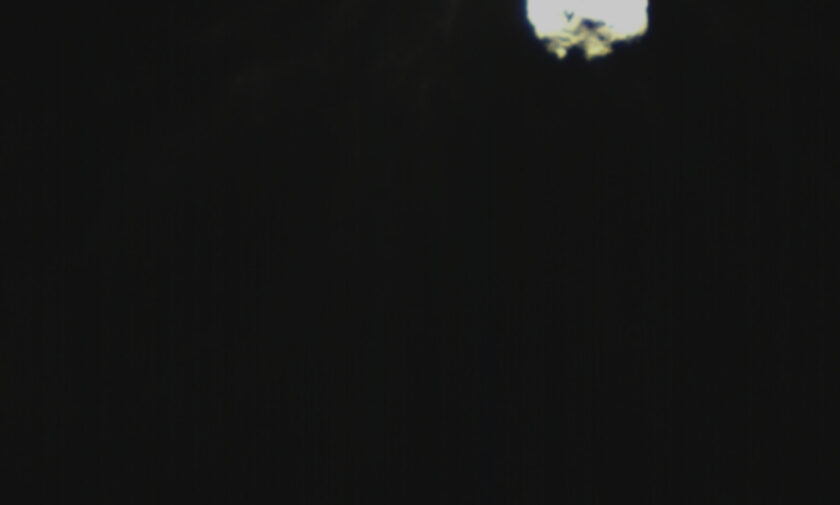
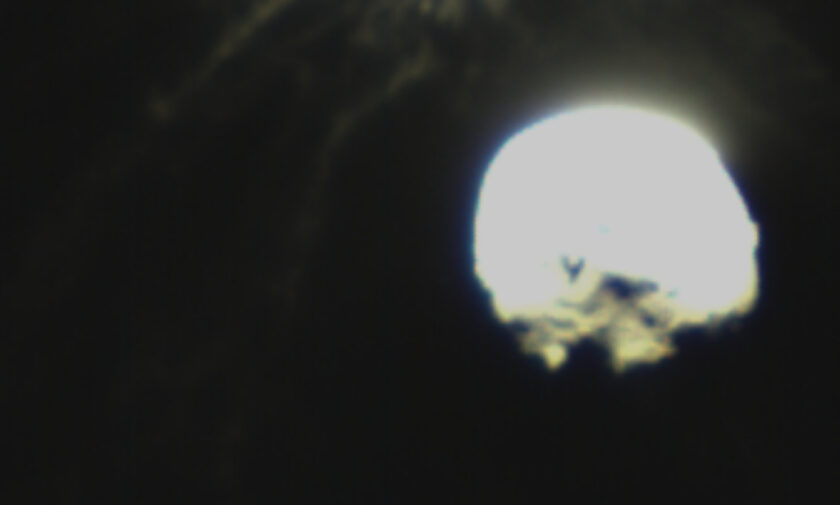
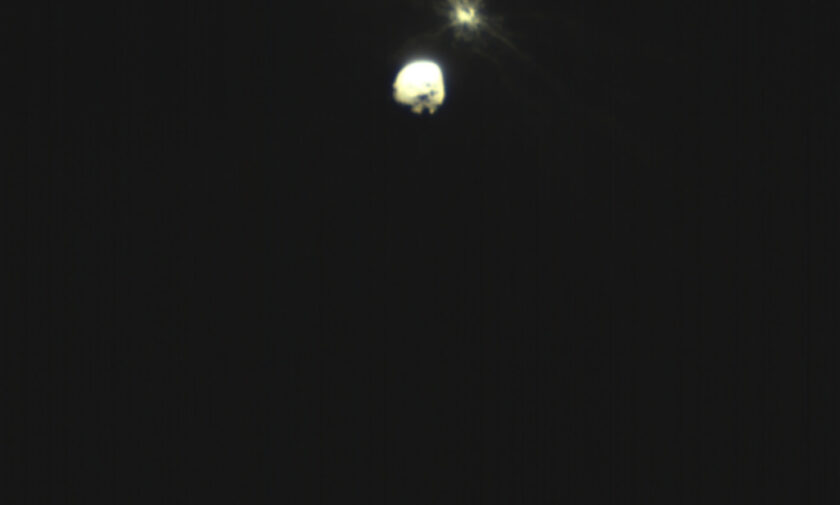
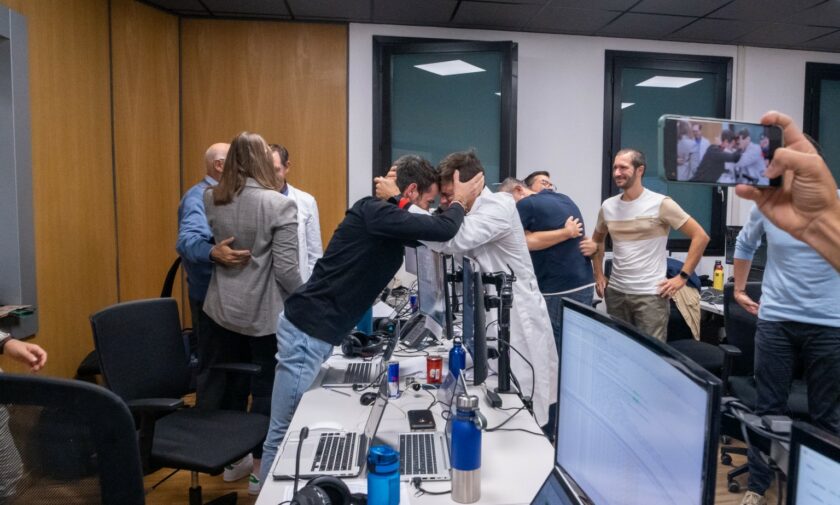
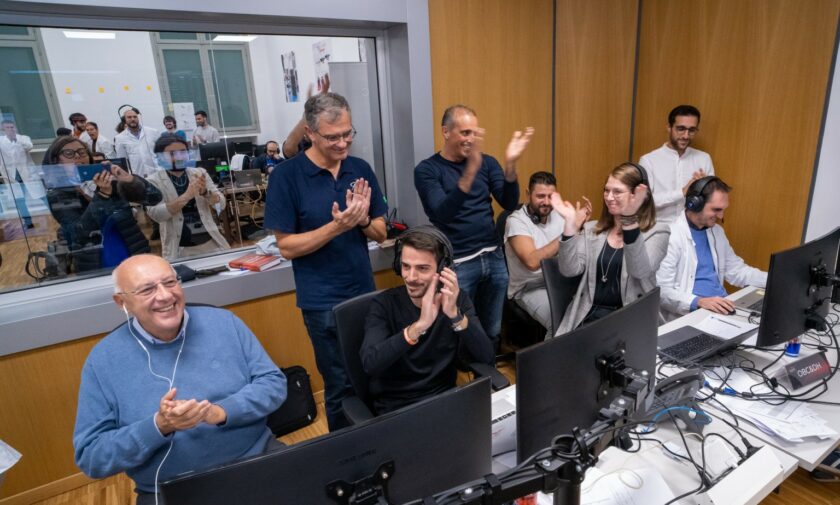
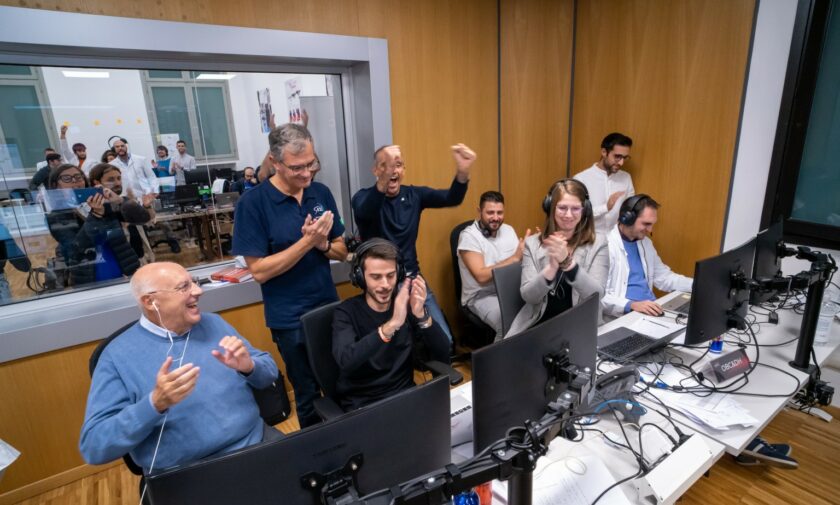
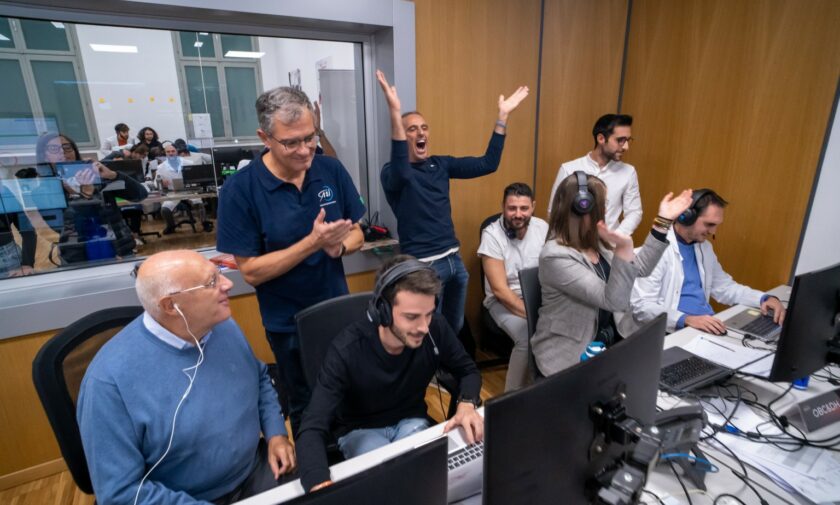
More Stories
Traveling to the end of time: What will happen in the future of the universe! Watch the video
He discovered a gas that only living organisms produce
Long tenures for general managers